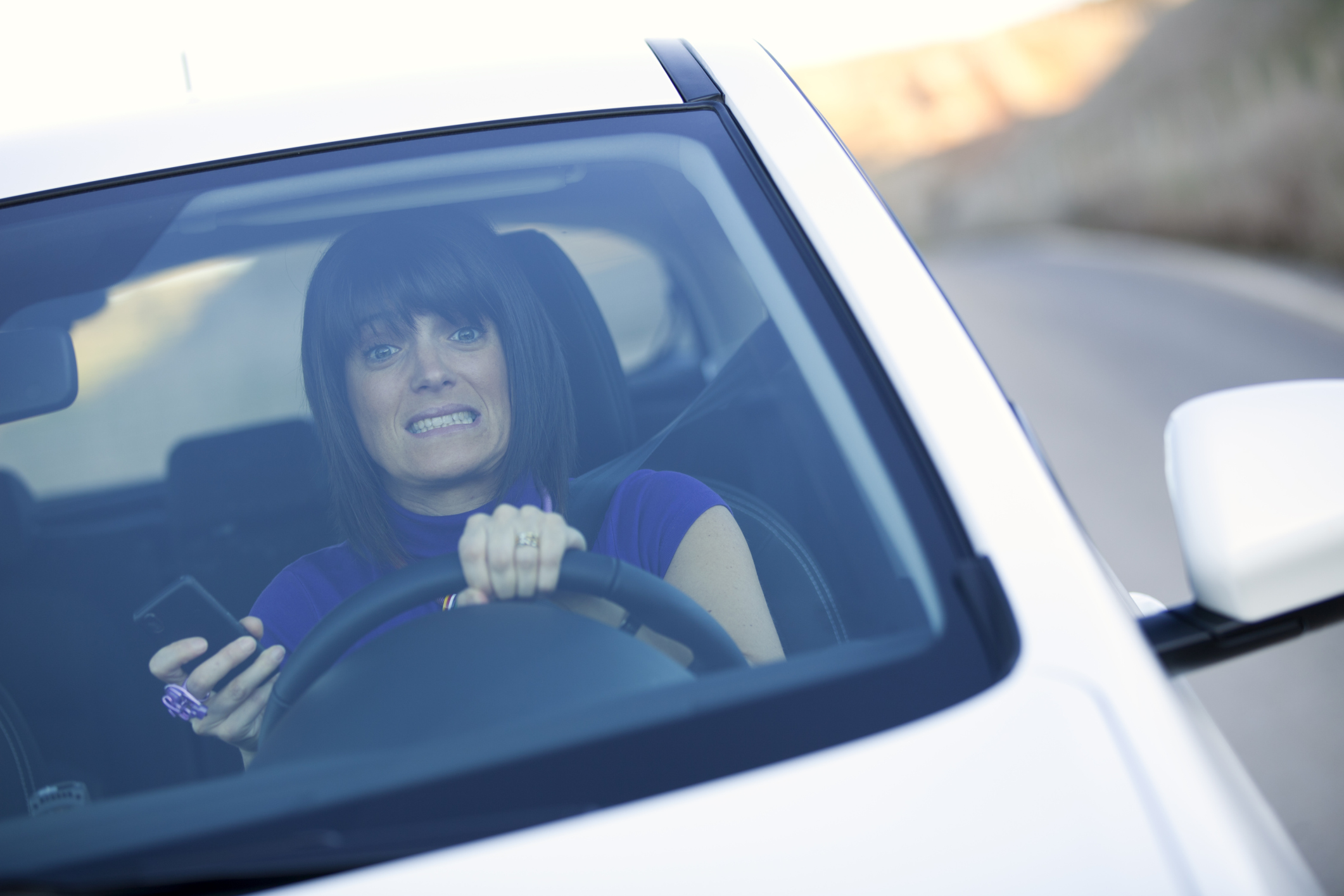10 things to watch for when driving

This website uses cookies to ensure you get the best experience on our website. cookie information

We all want to be safe when driving, or car-sharing! Here are some great ideas on how to do that:
1.Distance
You can’t crash into space! The more space you keep around you, the less risk of a collision. Rear-end collisions are one of the most common forms of traffic accidents.
Managing the space of the driver behind you is just as important as the space in front of you, keep an eye on the braking distance of the driver who is too close behind.
2. Speed
In busy congested conditions or in built-up areas give yourself time. There’s no need to speed and you won’t get there any quicker.
In 2010, 40% of all road-traffic fatalities happened in built-up areas compared to only 6% on motorways. 75% of all traffic accidents happen in town where there are generally more hazards per mile.
3.Anticipate
Don’t just look at the vehicle in front and in your mirror to observe what is going on immediately around. Anticipate what is happening ahead of you by looking at the furthest point along the road as well as observing the behaviours of your fellow road users.
4. F.L.O.W.E.R
Ensuring that your vehicle is serviced regularly will help you avoid breakdowns:
Fuel – Play safe and stay topped up.
Lights – Regularly check main beams, indicators, fog lights, sidelights and brake lights.
Oil – Over-filling or under-filling the oil risks engine damage.
Water – Keep the screen wash reservoir full and use plenty of additive in winter, BEFORE it freezes up.
Electrics – Check battery, wiper blades, electric windows, horn and heater fan. Defects will only worsen if neglected.
Rubber – The safety implications of under-inflated tyres include the increased risk of suffering a blow out at high speed due to excessive heat building up in the tyre. The legal limit for minimum tread depth on your tyres is 1.6 millimetres, across the central ¾ of the tread around the complete circumference of the tyre.
5. Road Signs
Road markings and signs are essential to the safety of the road user. Most road improvements reflect past collision history. As a general rule: more signs + more street lights = more danger. Be careful in these areas.
6. Distractions
Although it is a familiar everyday task, driving is actually a very complex thing. Don’t get distracted!
Listening to music with the volume too high can encourage drivers to speed up. Distracted drivers find it much more difficult to maintain their awareness of what’s happening on the road around them, and are more likely to speed. Using a mobile phone while driving is a classic example of this.
7. Blind spots
People don’t generally hit what they see – so put yourself where you can be seen. Why stay alongside trucks and vans where the driver cannot see you?
Position for vision and early decisions and watch out for blind spots.
8. Parking
Damage to vehicles often happens in car parks where we least expect it. Think prevention! Use space – park away from other vehicles, trolleys and activity areas where possible.
40% of all company traffic accidents involve parking, manoeuvring or reversing.
9. Tiredness
Someone driving on a motorway at 70 mph who nods off for six seconds would travel more than 200 metres in that time.
Never drive whilst tired. On long journeys stop for at least a 15 minute break every 2 hours. Never drink and drive.
10. C.O.A.S.T
As experience improves, often attention levels diminish:
Concentration – Don’t become distracted. Focus on the primary task at hand, namely driving.
Observation – Pay close attention to other vehicles and changes in their movement.
Anticipation – Anticipate the good and bad intentions of other road users to avoid accidents.
Space – Keep your distance – remember the 2 second rule.
Time – Plan journeys, allowing enough time to arrive safely without the need to drive hard.
Source: http://www.gecapital.co.uk/en/docs/ge_capital_safe_driving_top_tips.pdf
Author liftshare
on
Car share for less with Liftshare, the UK’s biggest sharing economy site!
Join now!